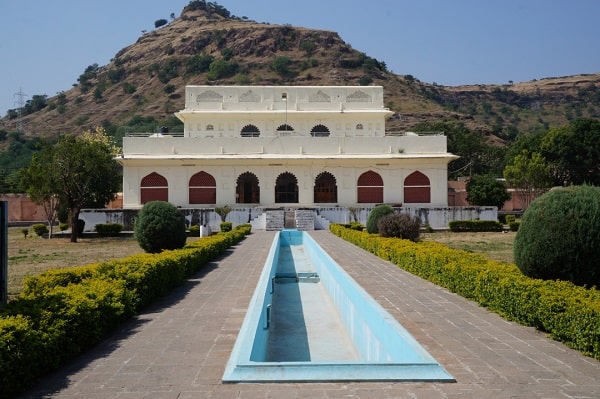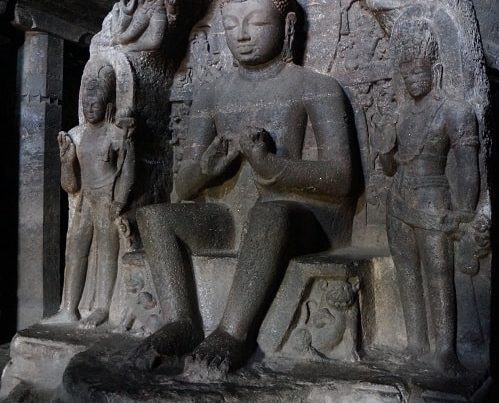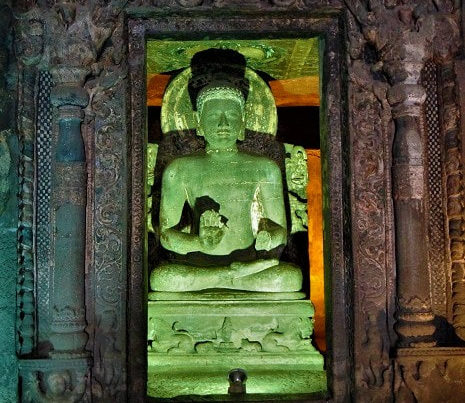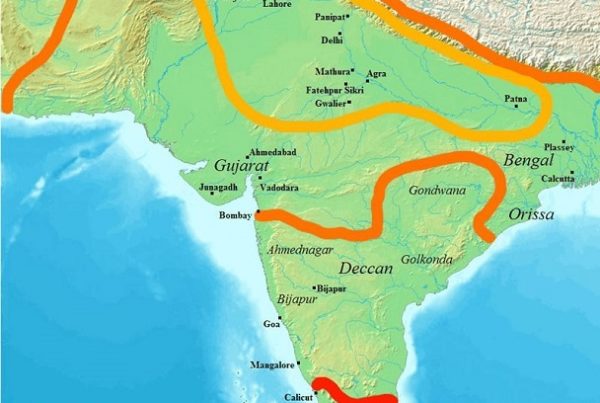When you travel to India, you will see many museums. India has such an important history and culture that every village can have a museum of it. This museum is made up of unique and antique pieces. Today, we invite you to discover the history of museum in India.
The history of museums and the first museum in India:
History of museums
The idea of the museum was born in the Europe. With the new trade routes and discovery of America, Europeans became passionate about cabinets of curiosities. During acceptance, the master impressed his audience, showing objects from elsewhere. This practice became known in the Renaissance, it was the basis of many museums.
This is how the first museum was born. The Ashmolean Museum in Oxford was created in 1683. They showcase the collections of the tradescant family and Elias Ashmole’s cabinets.
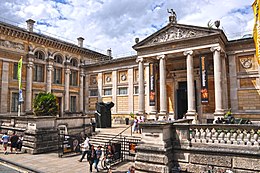
The first Indian museum
In the 18th century, the British colonized the Indian subcontinent. They also invented the idea of the museum in India. Sir William Jones was one of the first British historians in India. He created the Asian Society in 1784 in Calcutta (Kolkata). The aim was to study the culture, heritage and history of India. The dissemination of works was also part of the company’s missions. To meet this objective, the idea of creating a permanent place dedicated to the exhibition of objects was gaining ground. In 1796, the proposal to establish a museum was approved by the members of the Asian Society.
18 years later, in 1814, the first museum in India opened its doors. It is called the Imperial Museum which later became the Indian Museum. It is still at present one of the largest museums in India
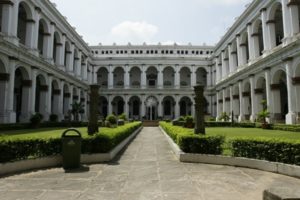
The great movement of museum creation in the beginning of the 20th century
The Great London Exhibition: Beginning of the Movement
You would think that since the capital of the British Empire in India has a museum, no other was going to be born.
To celebrate industrial advances as well as in the arts and crafts, a large exhibition was organized in London. This exhibition took place in the Crystal Palace specially created for the occasion. Part of the exhibition shows a carved ivory throne, a cloak embroidered with precious stones and other objects. They represented India. This collection is now part of the Victoria Museum of Ornamental Arts and Albert museum in South Kensington.
Faced with the curiosity of the 6 million visitors, there was an awareness about Indian objects. To meet the demands of the Western market, Indian artisans were encouraged to create decorative items. Much of this was later used in the creation of new museums.
Creation of museums
Immediately after the great exhibition, the second museum in India was created in Madras (Chennai) in 1851. Later, they also founded two new museums in Mumbai (Bombay), names were The Victoria and Albert Museum in 1872 and the Prince of Wales Museum in 1905. Now the names has changed. The first one is called the City Museum of Dr Bhau Daji Lad. As for the second, it became the Chhatrapati Shivaji Maharaj Vastu Sangrahalaya museum. The movement to create museums was spreaded across the Indian subcontinent.
The particularity of these museums is that they have botanical or zoological gardens.
Museums since the independence of India
In 1947, India became independent. It was important to create a national history. The new leaders of Free India took up an idea that the British had in 1946. They built a national museum in New Delhi dedicated to the vast heritage of the country. This national museum was created in 1960.
For 6 years, an American Grace Morley was director of this museum. As the founder of the San Francisco Museum of Modern Art, her experience provided a solid foundation for the education of conservation movement. By developing educational activities within the museum, she transformed this museum into an education center.
The creative movement has continued since then and many themed museums have opened in India.
Soneri Mahal: a fine example of a museum in India
History of the monument
Soneri Mahal was not built for the purpose of a museum. At first, it was the palace. It was built between 1651 and 1653 by Paharsingh, a Bundelkhan chief (region of India between Uttar Pradesh and Madya Pradesh). We only have a few references to Paharsingh and his brother, Juzarsingh. What we know that the latter was sent by Shah Jahan to the Deccan Valley to accompany Aurangzeb, governor of the region. He fought against Fateh (Nizam) in Daultabad and helped Mughals to capture Deccan region. To thank him or his services, he was offered a land outside of Aurangabad. He built his palace there. Unfortunately, Paharsingh did not enjoy his palace for long. He died in 1653.
The palace passed from hand to hand before becoming a regional museum. That is in the 70s.
Soneri Mahal, a name for greatness
Structure of the building
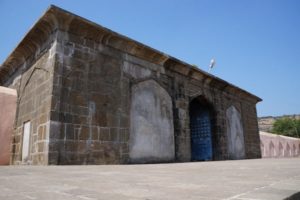
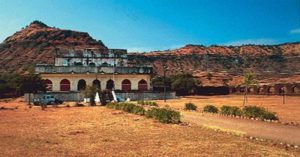
As you can see in this image, the surrounding wall was also pierced with arches which were all recently built. In 2001, the museum’s curator set out to give a more Mughal ira to the palace garden. For this, ASI built the basin dug or water tank of fountains which can now be seen in front of the museum.
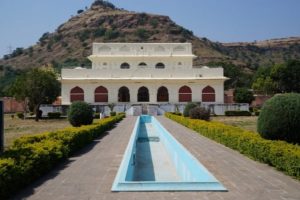
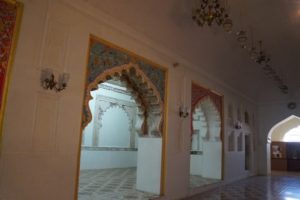
The collection of Soneri Mahal, a museum in India
Visit the Soneri Mahal
Useful information
- The Soneri Mahal is inside the university campus. If you want to get there, it’s best to ask rickshaw or driver to wait for you there. There is no transportation available near the museum and it will be impossible for you to find a taxi. The connection to order an Uber or Ola is quite random.
- Opening hours: The museum is open between Tuesday to Sunday from 10 a.m. to 5 p.m.
- The entrance fee changed before the lockdown and we will update it when lockdown gets over.
You can discover this museum from your sofa. We offer you a cultural immersion from home. Don’t hesitate to travel from your home today. We are waiting for you.
Feel free to contact us for more information.

